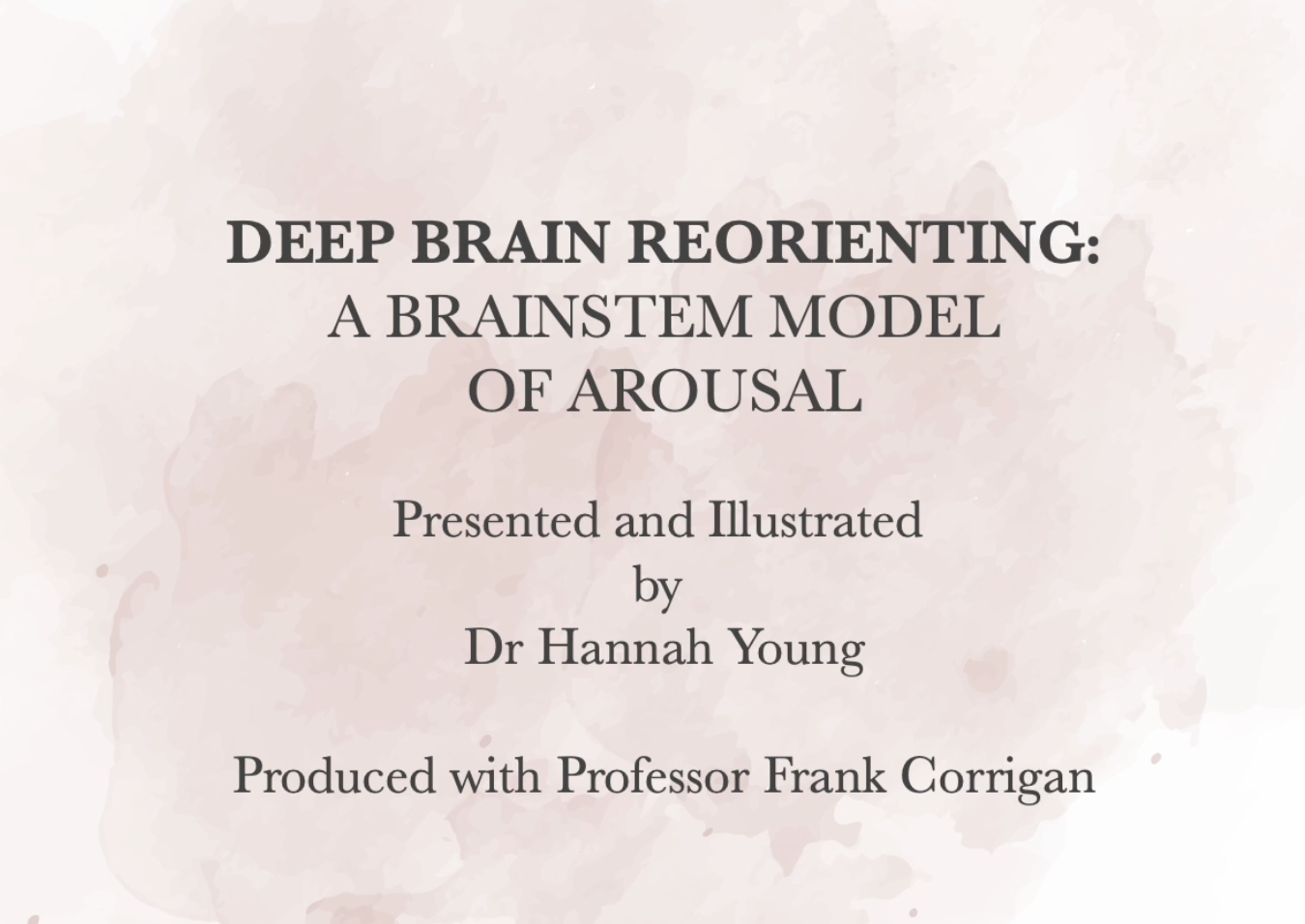Discover Contentment.
To discover contentment we start with an intention to release that which no longer serves. Working collaboratively as a team, we will take a journey to discover the most suitable methods to facilitate your ability to listen to, and trust your self, so that you might live a life that feels centered, grounded, less troubled and less reactive. Any kind of personal growth provides "side-effects" that may feel uncomfortable at first; but with practice, lasting and meaningful change is attainable and ultimately leads to more balanced, and joyful experiences.
Bottom up Practices for Better Experiences.
“Your body is a truth detector. Your mind can play tricks on you; but your body keeps the score.”
Barbara + Trees, Lovejoy Pond, Maine
Somatic and emotional awareness are essential for healing from the short and long term effects of alcohol and other substance use. It takes practice to develop body awareness and self-regulation. We start resourcing with empirically based cognitive-somatic and energy psychology techniques proven to give rise to a persistent experience of the self as aware and calm, even in the “storm.”
Deep Brain Reorienting (DBR) is a scientifically based transformational therapy relying on the human brain having an inherent ability to find healing from emotional trauma. It aims to access and process traumatic experience by tracking the original sequence of physiological responses that occurred when the deep brain was alerted to threat or attachment disruption. DBR focuses on how trauma affects the deeper layers of the self. Emphasis is placed on core emotional responses. DBR works with the foundational emotional pain beneath dissociation or fragmentation, including PTSD and CPTSD.
Deep Brain Reorienting (DBR) has been developed in Scotland by Frank Corrigan, MD, FRCPsych. The DBR treatment sequence releases energetic shocks from traumatic experiences that the body has stored as physical holding, tension and pain. The DBR sequence is also successful in dismantling triggers that lead to emotional and behavioral reactivity and very often, panic. I began training with Dr. Corrigan in 2019, adding Advanced Intensive DBR Training with Alexander Technique Interweaves in 2024 in a Edinburgh, Scotland training led by Dr. Frank Corrigan and Martin Warner.
Sound Therapy
"One of the best ways to alter dysfunctional patterns is to administer therapeutic doses of frequency specific energy in the form of vibration.” ~Richard Gerber, MD






